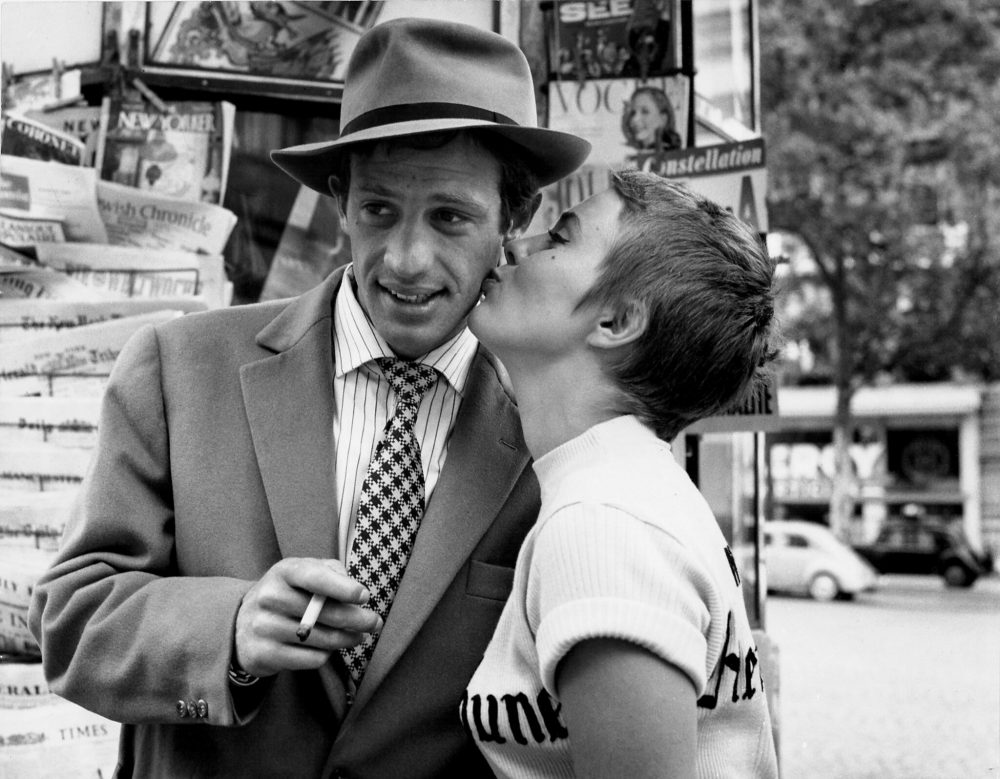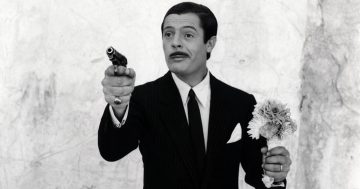La Nouvelle Vague
Film Art
We could make this publication thanks to small donations. How is 3 minutos de arte supported?
La Nouvelle Vague
Nouvelle Vague (New Wave) is a movement that was born in France towards the end of the 1950s and developed mainly in the 1960s.
Many of its iconic directors collaborated as critics in the magazine Cahiers du Cinéma which was founded by the influential film critic and theorist André Bazin. And they shared fundamental ideas and produced revolutionary films that had a definitive influence on the history of cinema, and on cinematographic language.
One of these fundamental concepts has to do with the role of the film director. They admired the work of directors such as Hitchcock and Orson Welles, whose personal vision and the language they created were reflected in their work, ignoring any pressure or limitations imposed by the powerful industry that finances the films.
It was then that the idea of the so-called “auteur cinema” materialized. The director, whether he has written the script or not, shoots the film with his distinctive point of view and leaves an imprint that makes it perfectly identifiable.
Every director began to film in their own style, transmitting their worldview, using new resources, and providing creativity. And in this way, the films differed from those produced up to that time in France, which were accused of being too contrived, unnatural, and unoriginal. And they also differed from those of Hollywood, and thus began to compete against them, at least in the European market.
The film directors did not use big budgets: they preferred real scenery, natural lighting, hand-held cameras, direct sound, and unknown actors (up to that moment) who worked very naturally and did not look like actors. There were also jumps in time, twists and turns, which made the narrative development not linear. At times, some improvisation in the dialogues was added, so the result was a cinema full of freshness and spontaneity.
In general, the films of the Nouvelle Vague reflect a carefree, irreverent, and irresponsible life that does not obey the established order and is full of freedom and “authenticity.”
And so we find ourselves in a fascinating situation: although every work of art is the child of its time (as Kandinsky asserted), the cinema of the Nouvelle Vague had a great influence on the way of life that the young generation of its time adopted. Art that reflects an epoch and, at the same time, shapes it.
Image: Jean-Paul Belmondo and Jean Seberg in Breathless (Jean-Luc Godard, 1960)
Representative films:
Handsome Serge (Claude Chabrol, 1958)
The 400 Blows (François Truffaut, 1959)
Breathless (Jean-Luc Godard, 1960)
A Woman is a Woman (Jean-Luc Godard, 1961)
Jules and Jim (François Truffaut, 1961)
My Life to Live (Jean-Luc Godard, 1962)
Claire’s Knee (Éric Rohmer, 1962)
Contempt (Jean-Luc Godard, 1963)
Bande à Part (Band of Outsidersiders) (Jean-Luc Godard, 1964)
Pierrot le Fou (Jean-Luc Godard, 1965)
The Collector (Éric Rohmer, 1967)
Crazy Love (Jacques Rivette, 1969)
Recommended links:
Film d’auteur (Auteur cinema).
Georges Méliès and the Magic of the Cinema.
The Best American Movies in History according to the American Film Institute.
You can also find more material using the search engine.




0 Comments